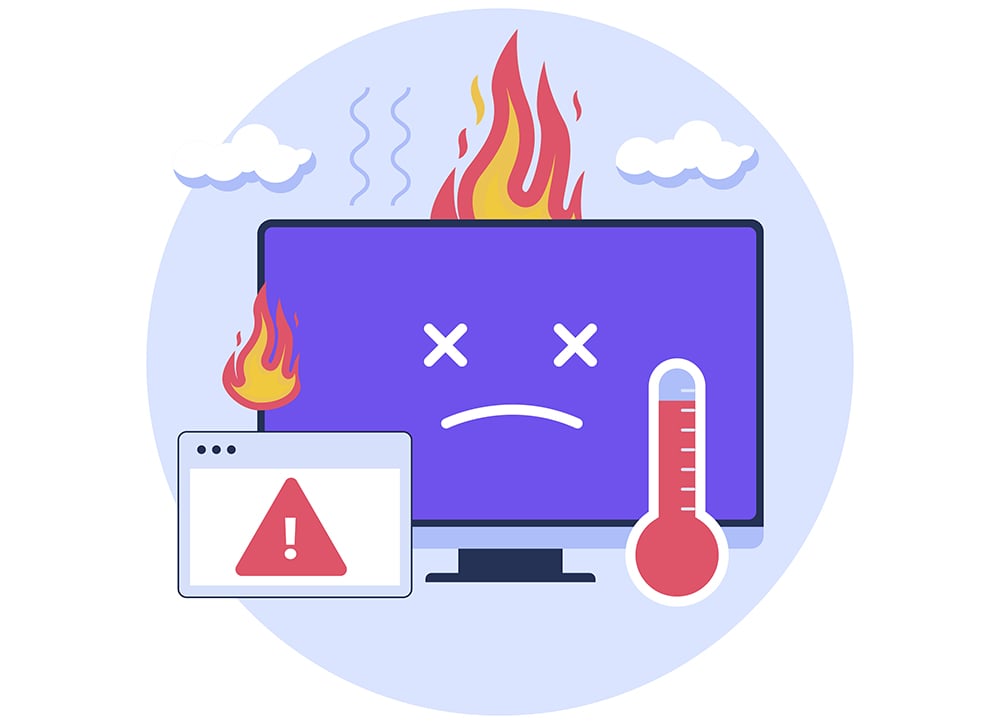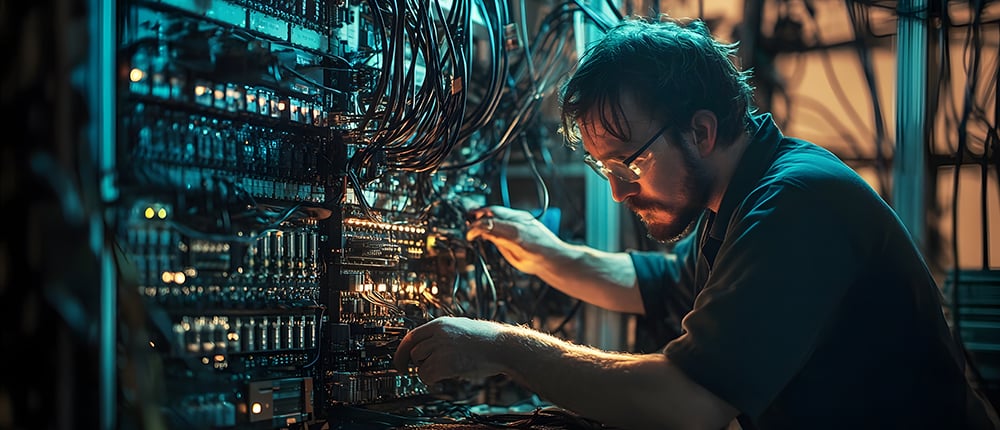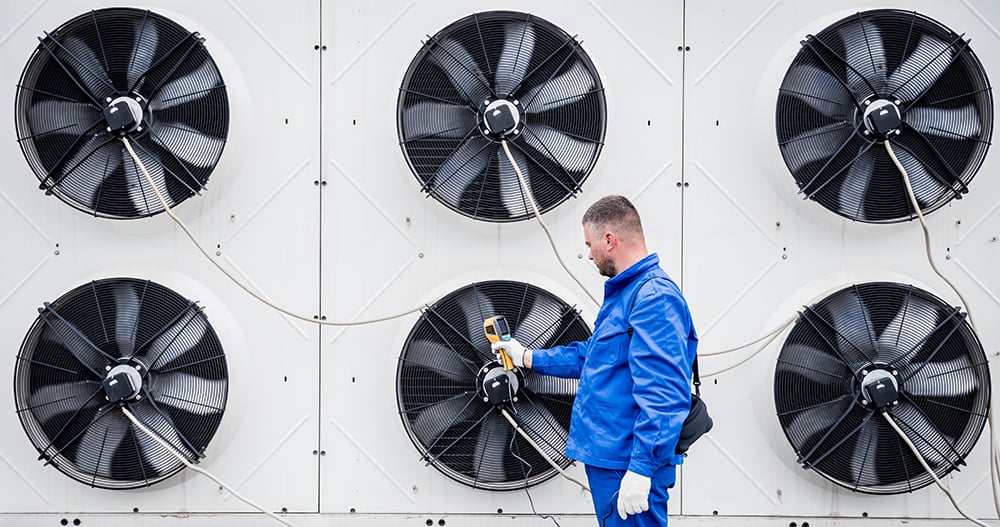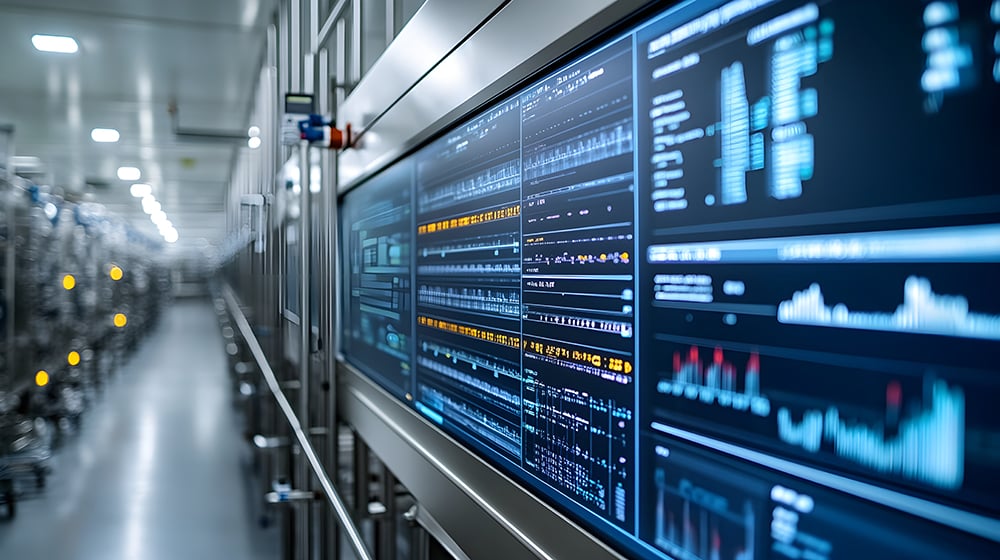

Best pH Probes For Hydroponics in 2025 – A Complete Buying Guide
Finding the best pH probe for hydroponics can make or break your growing success. In hydroponics, maintaining the correct pH is essential because it directly
# Type at least 1 character to search # Hit enter to search or ESC to close

No products in the cart.

No products in the cart.
Product Categories

Temperature monitoring in server rooms prevents hardware failures, reduces energy costs, and minimizes downtime by ensuring optimal operating conditions. It provides real-time alerts, helping businesses maintain efficient operations, extend equipment lifespan, and avoid costly overheating or undercooling issues.
We live in a data-driven world, and when it comes to server rooms, they form the backbone of countless businesses, powering everything from websites to mission-critical operations. With all the equipment running 24/7, managing the environment becomes crucial.
Among the many factors that can affect server performance, temperature is one of the most significant. This is because excessive heat can lead to overheating, downtime, or even permanent hardware failure, which makes temperature monitoring a critical part of server room management.
Temperature sensors measure environmental conditions and relay this information to a system, providing real-time data that allows for proactive management of server room conditions. There are various types of temperature sensors, from basic thermistors to more advanced infrared devices, each designed to meet different application needs. The three most common types used in server rooms include:

For an in-depth overview, take a read of our guide on how temperature sensors work.
Ignoring temperature control in server rooms can lead to a range of serious issues such as:
Hardware Failures
Overheating can cause essential components like CPUs, memory modules, and hard drives to malfunction or degrade at an accelerated rate. The internal systems of servers are designed to operate within specific temperature ranges, and exceeding those thresholds can have catastrophic effects.
Energy Waste
Inconsistent temperatures force cooling systems to work harder, resulting in inflated energy costs. This is particularly relevant as companies aim to reduce operational expenses while optimizing their energy consumption.
Downtime & Data Loss
In cases of extreme overheating, servers may automatically shut down to prevent damage, leading to significant downtime. This downtime can lead to data corruption or, in the worst-case scenario, permanent loss of critical information.

A real-world example would be an IT service provider that may be experiencing overheating issues despite a high-end cooling system. They could install temperature sensors to allow controllers/employees to identify hotspots and recalibrate their cooling, reducing downtime and averting potential data losses.
The American Society of Heating, Refrigeration, and Air Conditioning Engineers (ASHRAE) has established guidelines for data centers and server rooms, recommending an operating temperature range of 72°F to 80°F. These guidelines aim to ensure that servers function efficiently while minimizing the risk of overheating.
In many cases, adjusting server room temperatures slightly above the lower limit can lead to cost savings. For example, it has been proven that for every 1°F increase in server room temperature, energy costs can be reduced by 4-5%. However, temperatures should not exceed 89.6°F, as this can lead to significant risks of overheating, potentially causing irreversible hardware damage.
For more information about the types of temperature sensors suitable for server rooms, learn about different temperature sensor options here.
Temperature monitoring is a proactive approach to avoiding the hazards of overheating. By using strategically placed sensors, businesses can detect even slight increases in heat levels and respond accordingly before problems escalate.
Real-time monitoring systems are especially beneficial because they alert staff as soon as temperatures exceed predefined thresholds, allowing for immediate corrective action.

This continuous surveillance ensures that cooling systems can maintain the necessary environmental conditions, avoiding any costly surprises. For example, in many server rooms, air conditioning units alone cannot maintain the necessary temperature without constant feedback from temperature sensors, which can adjust the cooling output in real time to match server activity levels.
The advantages of real-time temperature monitoring go beyond simply avoiding disasters. Businesses can also achieve the following benefits:

For insights into available temperature monitoring devices, see the latest temperature probes and sensors.
Strategic placement of temperature sensors is essential to achieving accurate data and optimizing cooling. Some key areas to place sensors include:

Proper sensor placement provides a full picture of server room conditions, allowing for targeted cooling and reducing energy waste.
In recent years, energy consumption in data centers has been a growing concern. In 2013, data centers consumed a staggering 91 billion kilowatt-hours of electricity. With businesses moving toward greener and more energy-efficient operations, temperature monitoring has become a vital tool for reducing power consumption, optimizing cooling efforts, and lowering overall operational costs.
One notable example is a major cloud service provider that reduced energy consumption by 12% after implementing a temperature monitoring system to manage cooling more efficiently. The insights provided by the sensors allowed them to tweak their HVAC settings, resulting in both cost savings and a lower environmental impact.
When selecting a temperature monitoring system, several features should be considered:

The combination of these features ensures that your server room remains operational at optimal efficiency.
Temperature monitoring is no longer an optional luxury for businesses that rely on server rooms—it is a necessity. By preventing costly hardware failures, reducing energy consumption, and minimizing downtime, temperature monitoring offers a high return on investment.
Choosing the right monitoring system and placing sensors strategically ensures that your server room remains a stable, efficient, and cost-effective part of your business infrastructure. With the right systems in place, businesses can safeguard their operations and ensure the reliability of their servers well into the future.

For more information on how temperature monitoring can protect your server rooms, do not hesitate to contact the world-class team at Atlas Scientific.

Finding the best pH probe for hydroponics can make or break your growing success. In hydroponics, maintaining the correct pH is essential because it directly

The fastest way to reduce ammonia levels in a fish tank is to perform partial water changes, temporarily stop feeding fish, use chemical filtration, increase
Notifications